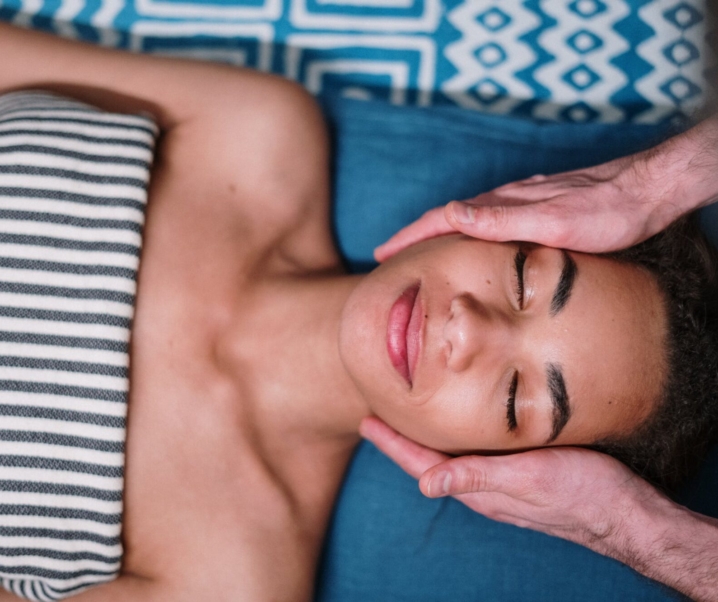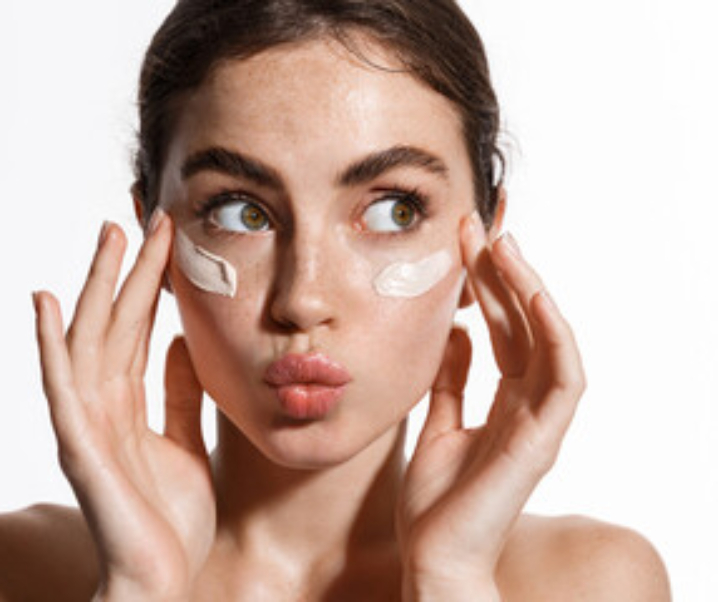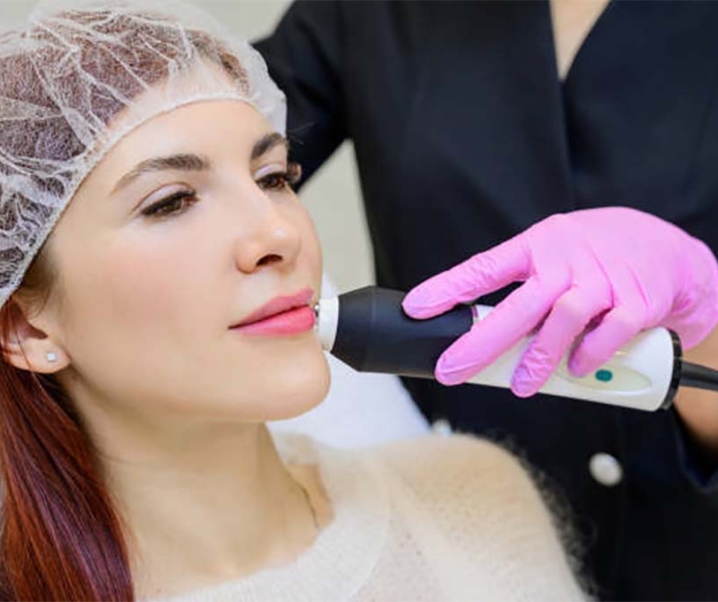Which skin type do I have? How do I know my skin type? If you are asking these questions, you are on your way to making the best decisions about your skin.
Knowing the skin type you have helps you make choices that are a perfect fit for your skin. You will avoid buying the wrong or just any products or practice bad habits that will adversely affect you. Instead, you stay on top of your glow game. We love to see your true color shine through, and we are here for it. Let’s walk you through the different types of skin there are and also show you how to test for skin type to find out which club you belong.
What are the different skin types?
There are four types of skin that people would normally find that they have. Hopefully, after discussing these skin types, you will tell where you fit in because different signs and behavior follow every skin type.
Also, bear in mind that your skin type is genetically determined, you don’t get the chance to choose it, however, you can give it the right treatment and own it. Note that with time, age can cause some changes in your skin, like making it dryer even if it was normal skin.
– Dry skin
There are degrees to how dry the skin can be. The skin is said to be dry when it doesn’t produce enough oil like normal and loses water faster than it produces. Dry skin doesn’t often feel smooth and is not elastic. Averagely or normal-dry skin would often feel rough, tight, and look dull. Very dry skin can be itchy and may look scaly, and extremely dry skin is at risk of chapping, scaling, and having calluses.
Taking good care of dry skin would involve using non-scented soaps or creams, avoiding long baths with hot water, using hand gloves when using detergents, bleach, and other cleaning agents.
– Oily skin
Oily skin produces more oil or sebum than needed, and it leaves the skin appearing shiny and feeling glossy. Pimples or blackheads have a high possibility of occurrence for people with oily skin because oil can clog the pores on their skin and allow dead cells to build up, ultimately causing irritation and inflammation. Besides genetics, other causes of oily skin are age, hormonal imbalance, stress, and comedogenic cosmetic products.
One of the easy ways to spot oily skin is through its shine and visible pores. A few tips for maintaining oily skin include using only oil-free and non-comedogenic skin products, allowing pimples to heal naturally: don’t squeeze or pop, bathing only twice a day, and avoiding scrubbing.
– Sensitive skin
Sensitive skin is quick to have irritations or allergic reactions due to its fragile nature. This is due to its lack of immunity from microorganisms, and they can easily enter to infect the skin and cause discomfort. Sensitive skin is often characterized by itching, burning, redness, and dryness.
If you have sensitive skin, avoid sharing personal skin items like towels, make-up applicators, etc. You should also know what skincare product works for you. Using the wrong products triggers bad skin reactions.
– Normal skin
Normal skin has the right balance in producing both oil and water, and so it leaves it not too oily nor too dry. Normal skin is blemish-free, has a uniform color, fine-looking pores, and blood circulation is good. This skin type has no imperfection, and so it doesn’t need extra attention.
If you still don’t know where your skin fits in, then it’s time to go extra by carrying out a test to be sure.
How To Test for Skin Type
With very simple steps, you can determine what skin type you have. This knowledge puts you on the safe side and keeps you from making mistakes with your skincare regimen, in the same way kasino online saves you from playing in the wrong place. We hope you have fun trying any of these tests.
- The dab test
To carry out this test, you need to wash your face first and then wait for an hour or thirty minutes. After the wait, go ahead to press a tissue paper on any of the areas in your t-zone. Your t-zone is your forehead, nose, and chin. After pressing the tissue, take it away and check to see if it has any oil. If yes, then you have oily skin or normal skin.
- Pressure test
This test is simple; all you need is your hands. Pinch your skin for like a second and observe how it looks after pressure is applied. If it appears rough or wrinkled, then it is dry skin.
- Mirror pore test
If you are steps away from your mirror and you can still see your pores, they are enlarged, so you have oily skin. If you can’t see your pores, then you have normal or dry skin.
Conclusion
Hopefully, you would have identified where you belong, having known the different skin types and how to test them as well. However, if the information seems hazy and you still can’t tell, you can visit a dermatologist to get the answers you need.






